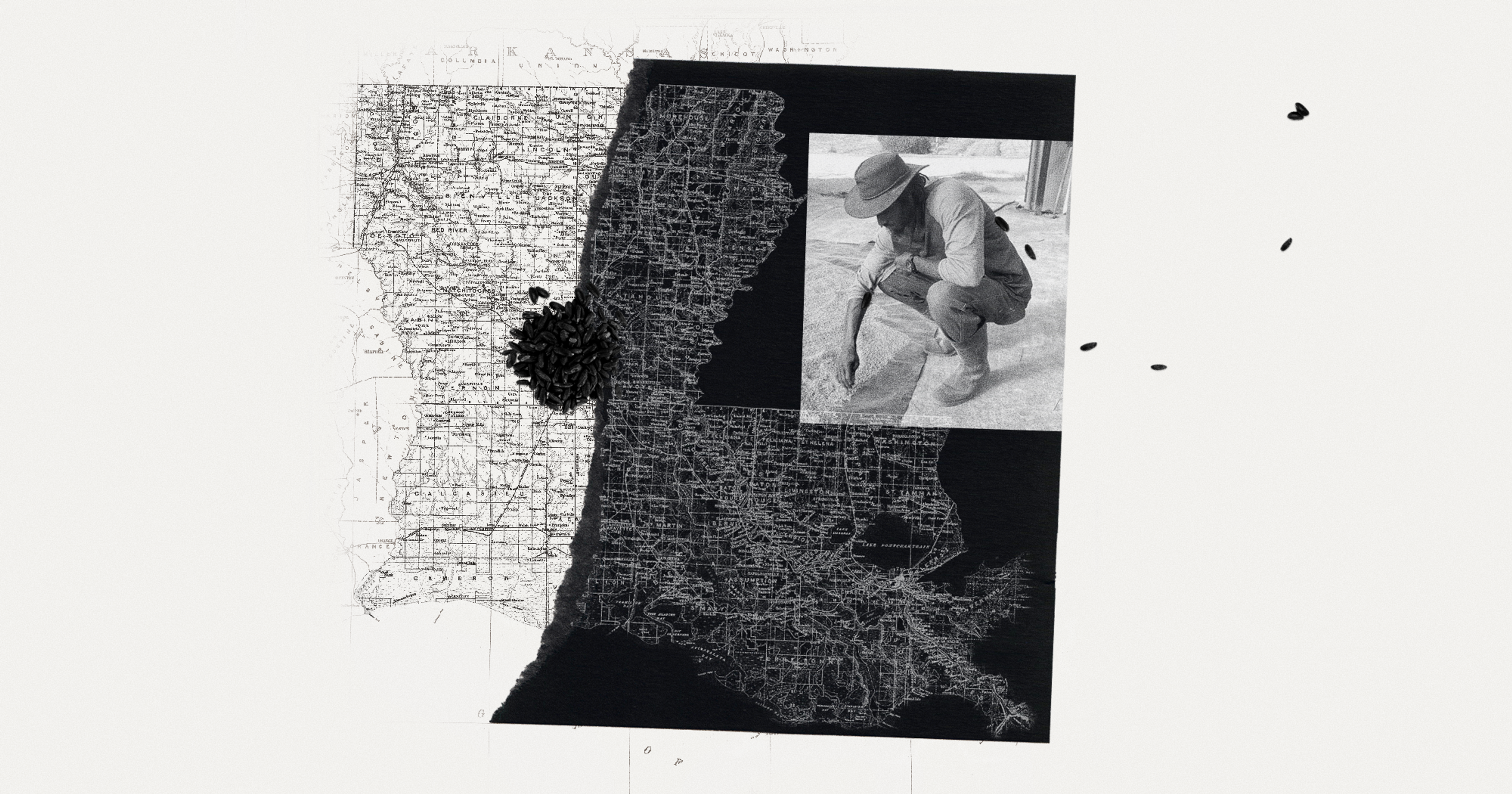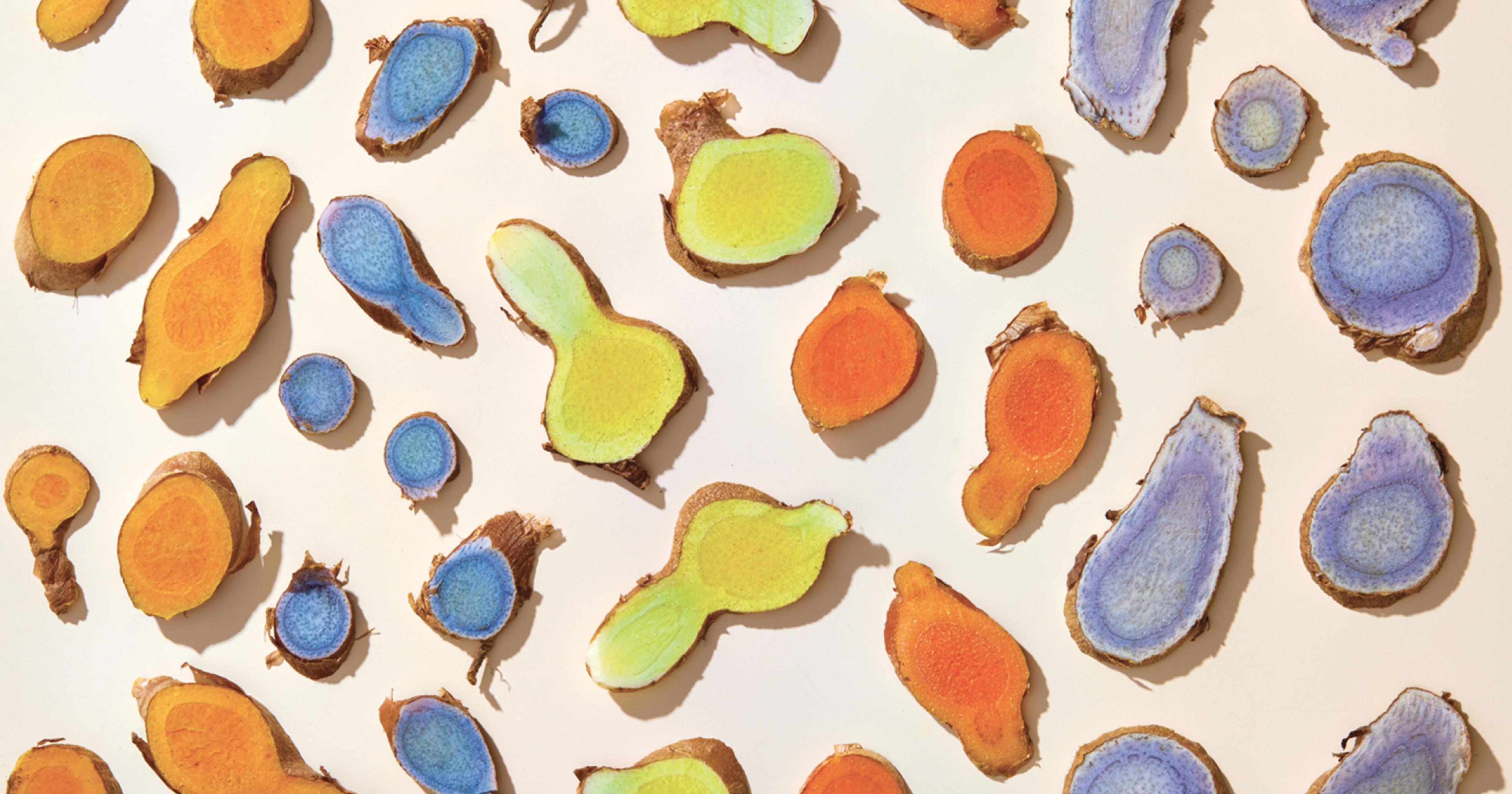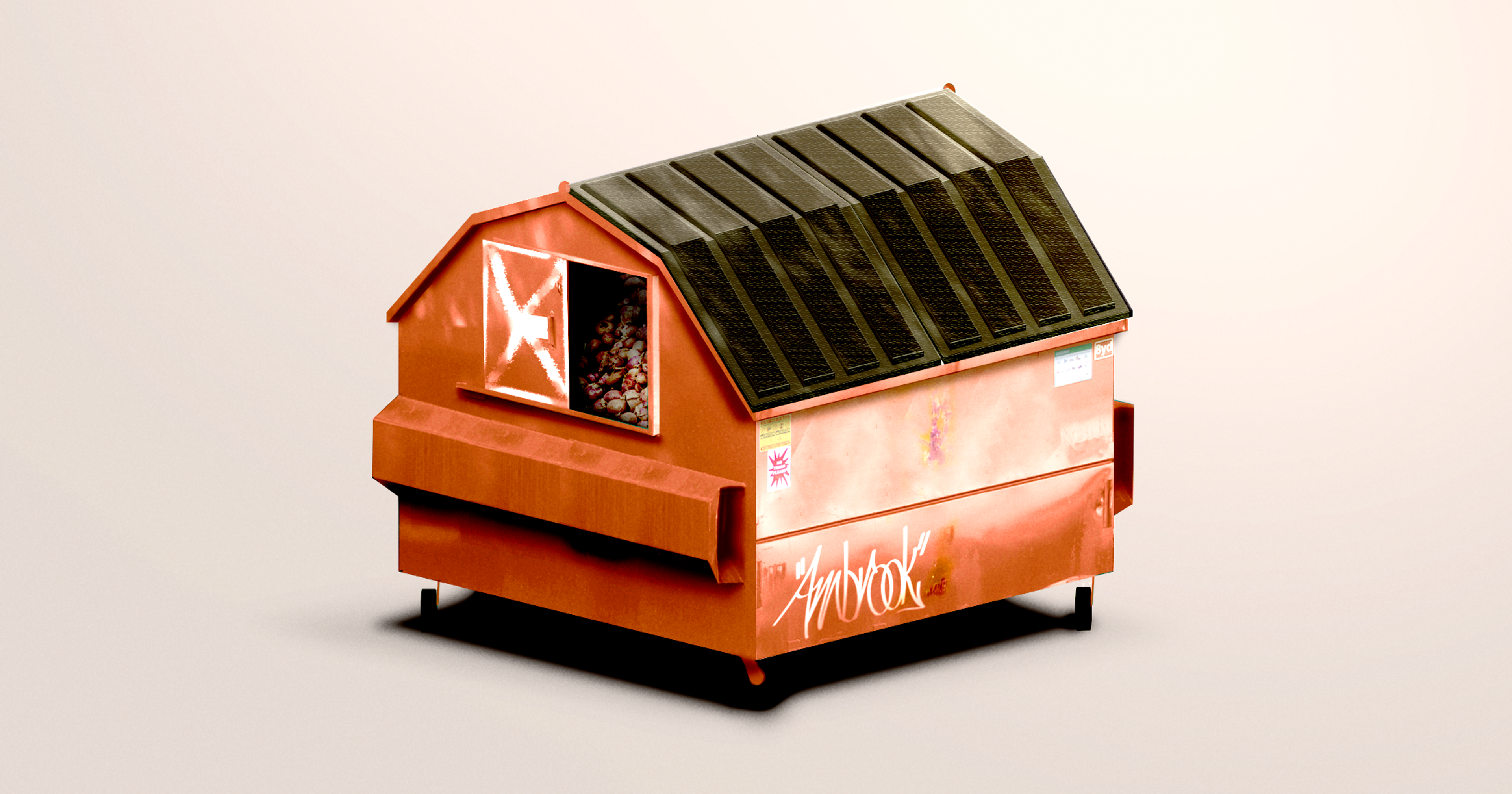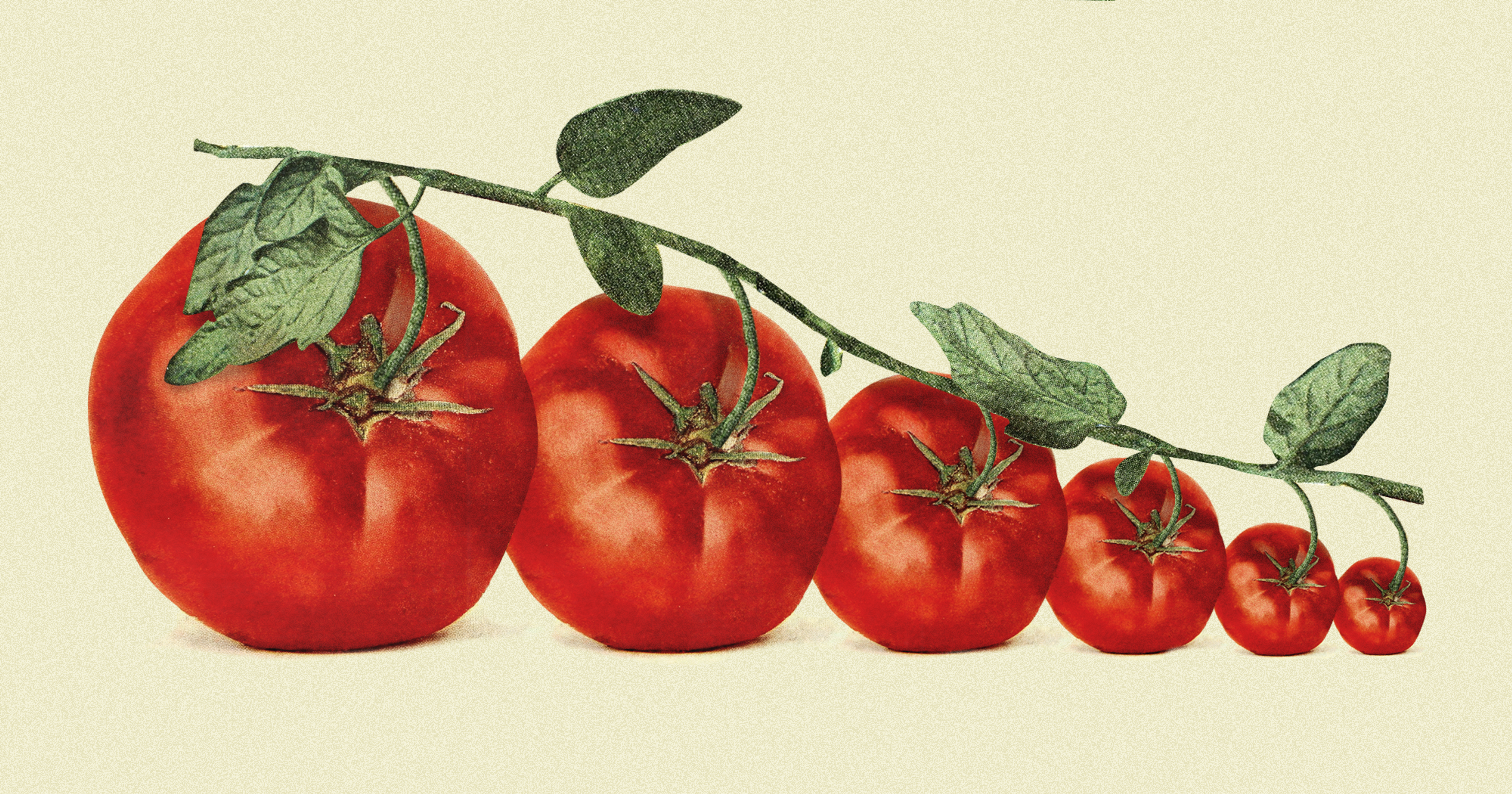This non-native species, with a reputation for herbicide resistance and attacking row crops, is quietly invading Iowa farms.
If you’re an Iowa row crop farmer, weeds like Palmer amaranth and waterhemp are known quantities: herbicide-resistant invasive weeds that can all but ruin a year’s harvest. But what happens when a previously unfamiliar weed starts infesting fields, and you learn it’s a known crop-killer in Asia, Australia, and parts of Europe?
Meet Asian copperleaf, a non-native invasive species which was spotted for the third time on an Iowa farm during this year’s harvest.
“Even if it’s not posing a huge threat yet, this is the time to stop it in its tracks, before it can establish a seed bank,” said Robert Hartzler, professor emeritus in the agronomy department at Iowa State University. “The only way to eradicate a weed is to catch it early.”
Asian copperleaf, aka Acalypha australis, is native to China, Japan, parts of eastern Russia, and the Philippines. In the past couple of decades, it has rooted itself in far-flung parts of the globe, including Turkey, Ukraine, Italy, and Australia. But prior to 2016, it was virtually unknown in the Western Hemisphere besides a single anomalous appearance in New York City.

When it showed up in a large Iowa seed corn field in 2016, no one knew what they were looking at. The weed resembles Virginia copperleaf and three-seeded mercury, which are more innocuous, but has a few distinctive characteristics that set it apart. Hartzler was stumped, his colleagues were stumped, a local botanist was stumped — until she narrowed it down as a member of the spurge family of plants. “[The botanist] brought it to an expert on this type of plant, who was excited to identify it,” said Hartzler. For his part, Hartzler was more concerned than excited.
The weed showed up two years later in another Iowa cornfield, raising concern levels somewhat higher. Then, during this year’s harvest, it was found occupying roughly 100 acres of a soybean farm, almost 30 miles from the first infestation. Meaghan Anderson, a field agronomist at Iowa State University Extension, said that even though the Asian copperleaf plants were not extremely tall, the fact that they had made it all the way through a growing season is “a serious concern.”
“If it has the capability of adapting to our herbicide programs, or has already adapted to them and can build up a seed bank, it’s absolutely going to be a significant concern for us,” Anderson said.
“The only way to eradicate a weed is to catch it early.”
For Anderson and Hartzler, one of the most distressing things about Asian copperleaf’s appearance is just how little we know. There are reports of a rapid spread throughout Asian farmland, indications it might be herbicide-resistant — and it carries a reputation as a row crop destroyer, too — but concrete facts are hard to come by. Hartzler said China is alleged to be ground zero for Asian copperleaf damage, but that it’s tricky to elicit any actionable information from there.
This much is clear: The weed appears to do well in Iowa’s natural climate, and it doesn’t need a lot of sunlight to survive. Anderson notes that the most recent batch was found thriving unseen beneath a crop of soybeans, until harvest revealed the infestation. “It wasn’t just there — it was fairly thick and consistent underneath the canopy,” she said. “I think that was what gave farmers first alarm, and that’s really what alarms me about it.”
Another puzzler: Where did it come from? Anderson said the NYC appearance makes a little more sense, as the city is host to so many global travelers; an Asian copperleaf seed could’ve hitched a ride on someone’s luggage or even their clothes. But as to how it ends up in Iowa corn and soy fields? “I have absolutely no idea,” said Hartzler.
While it’s not a full-blown invasive crisis on the level of Palmer amaranth, Iowa’s Department of Agriculture is taking it seriously, and is asking for help. Anyone who thinks they may have spotted Asian copperleaf (USDA identifying info here) is urged to report it to the Iowa Department of Agriculture and Land Stewardship at 515-725-1470, or email entomology@iowaagriculture.gov.







